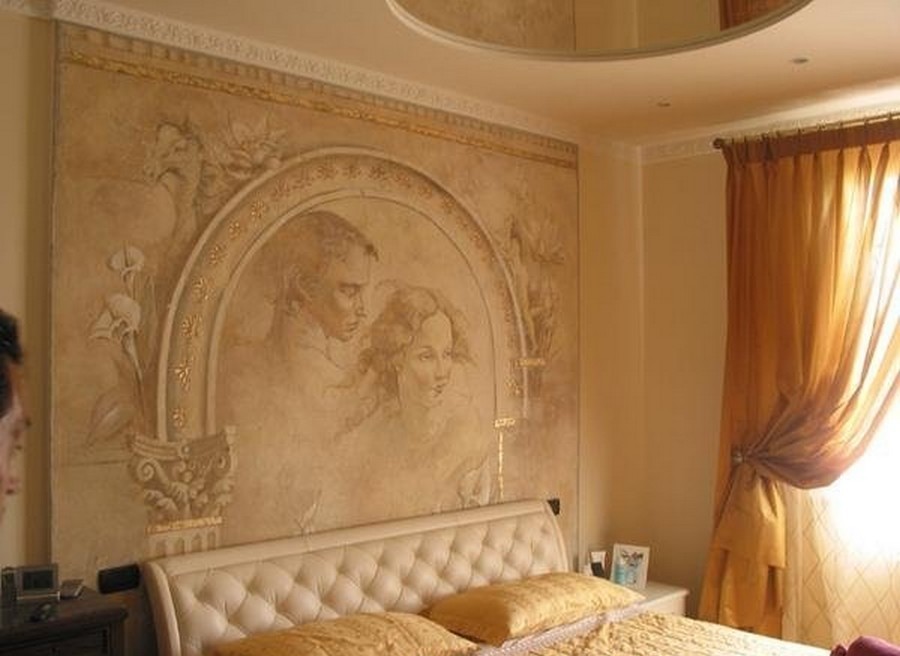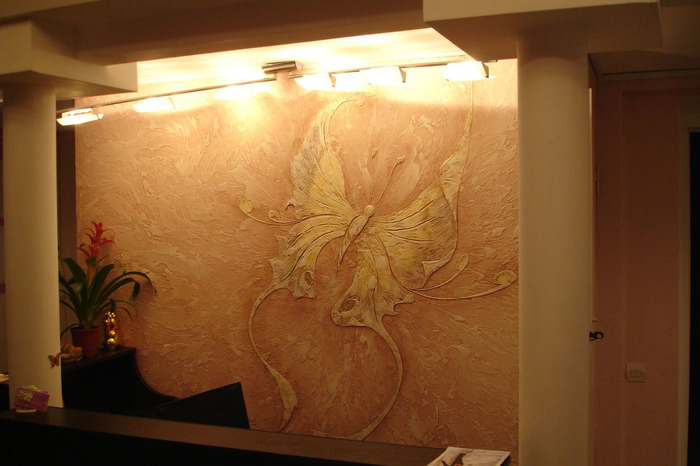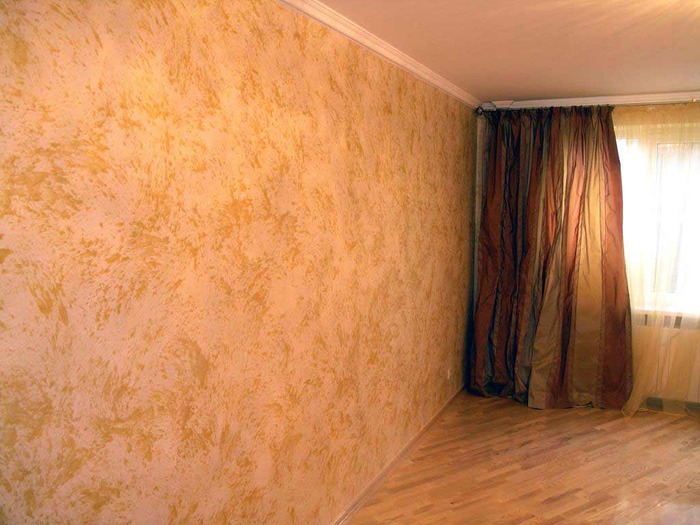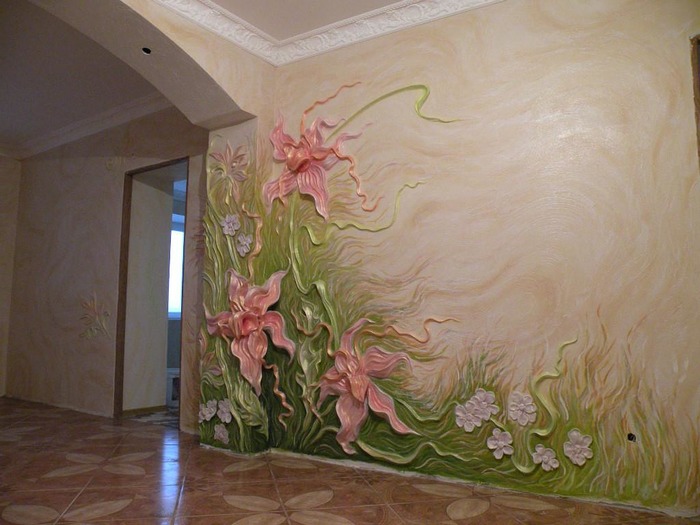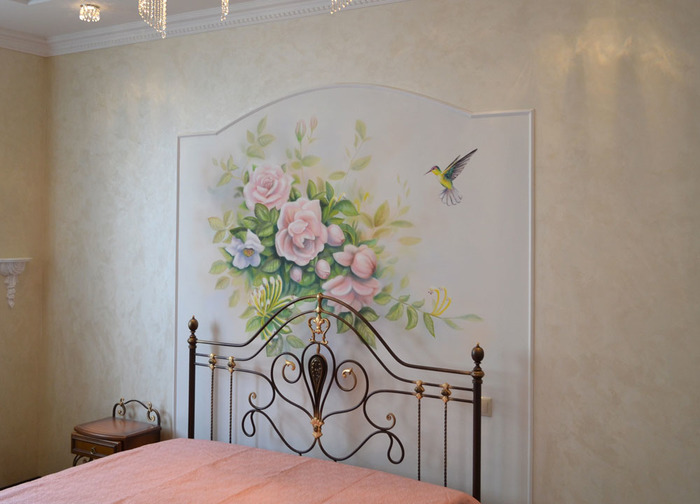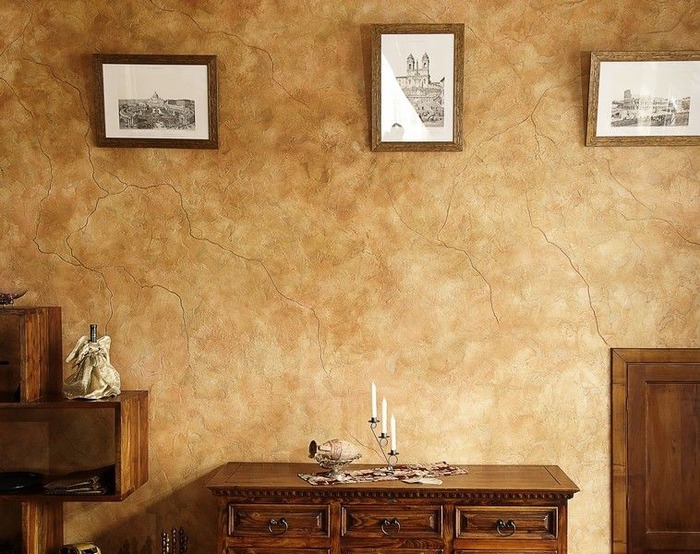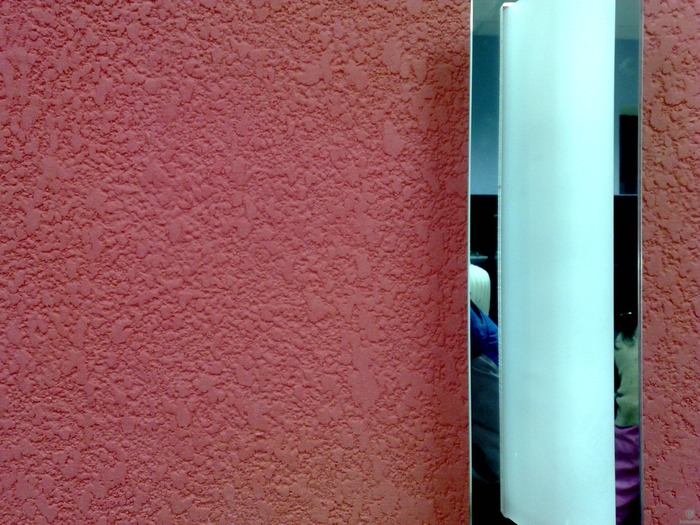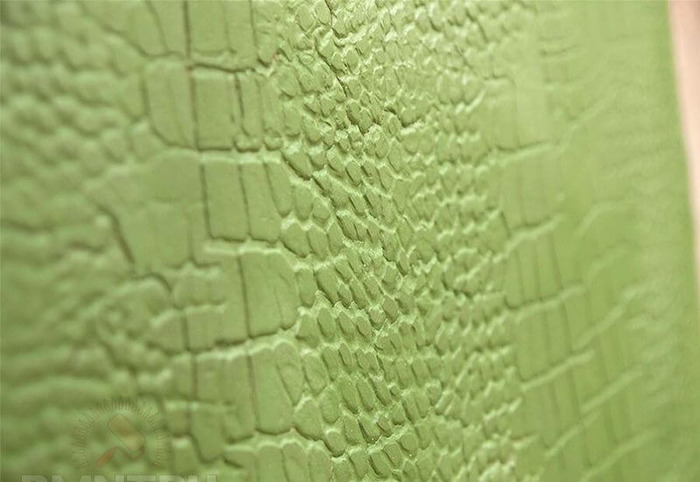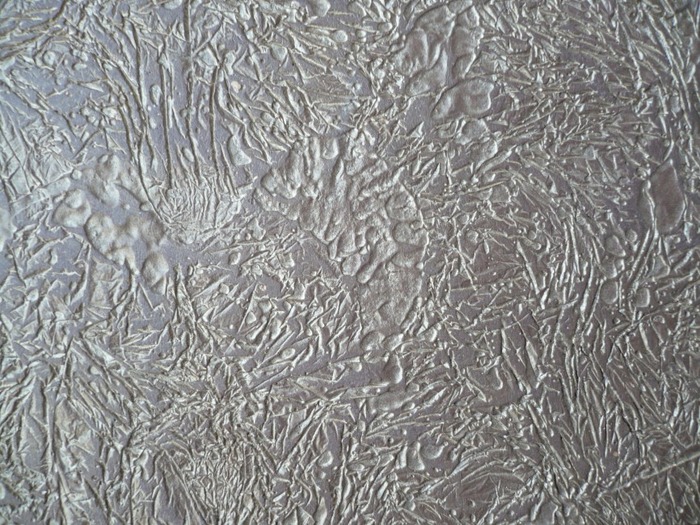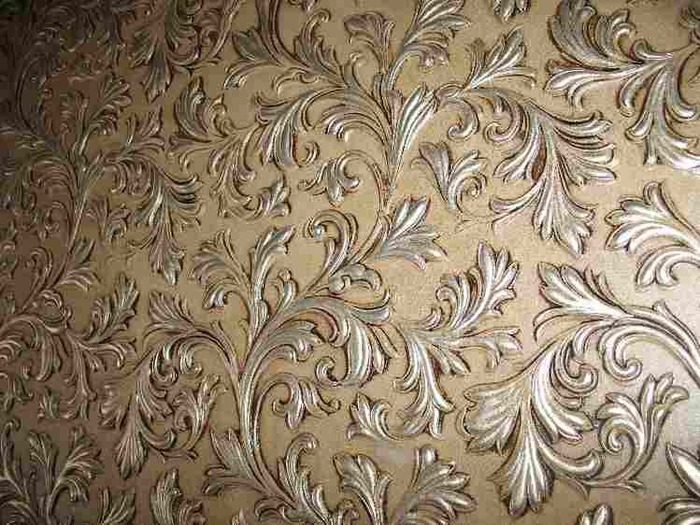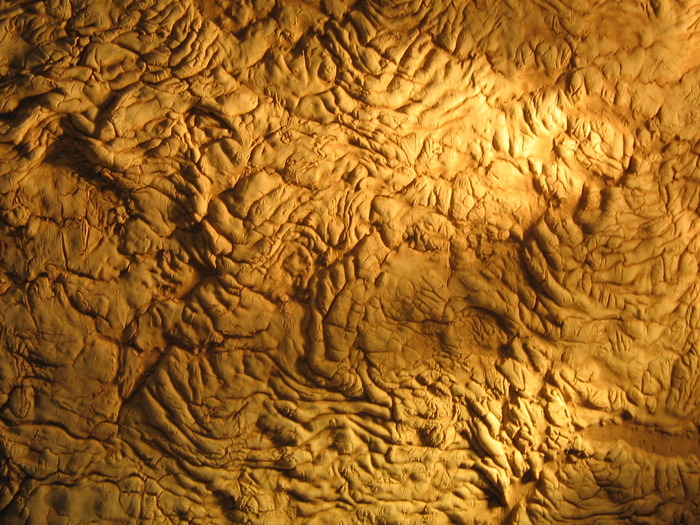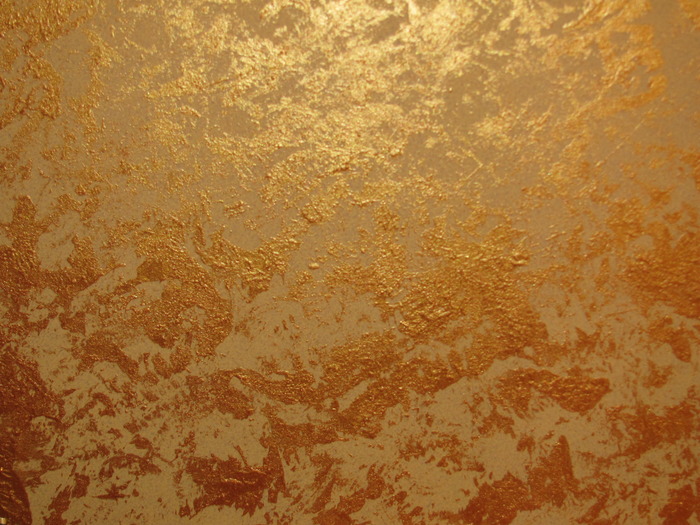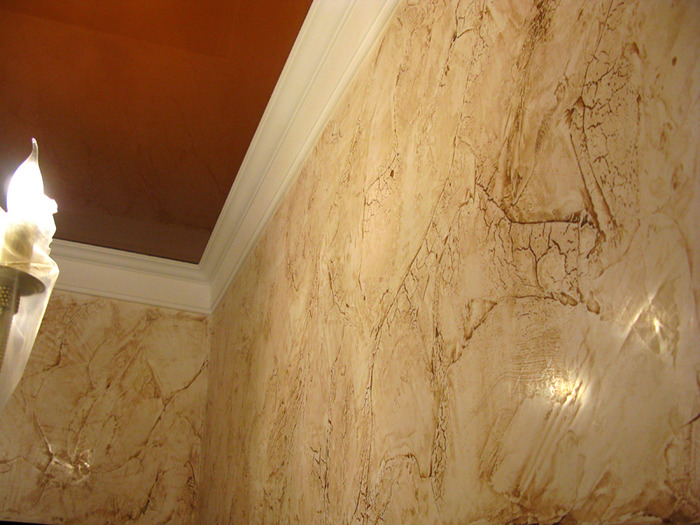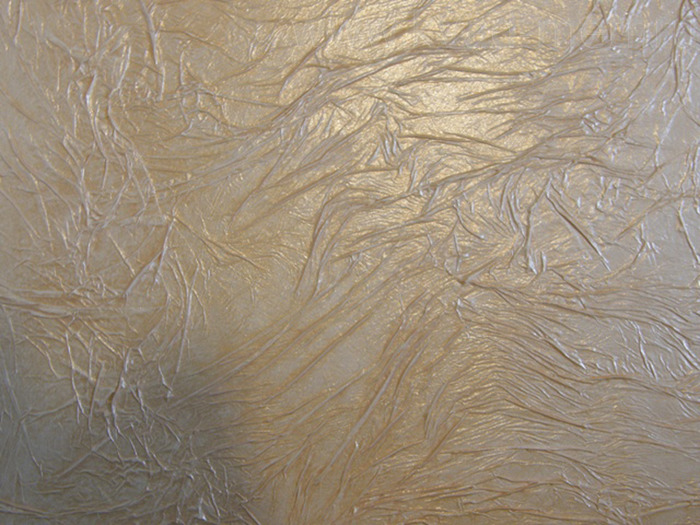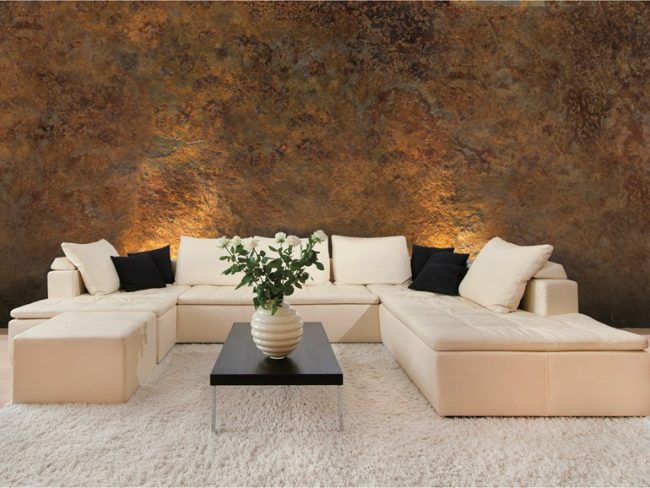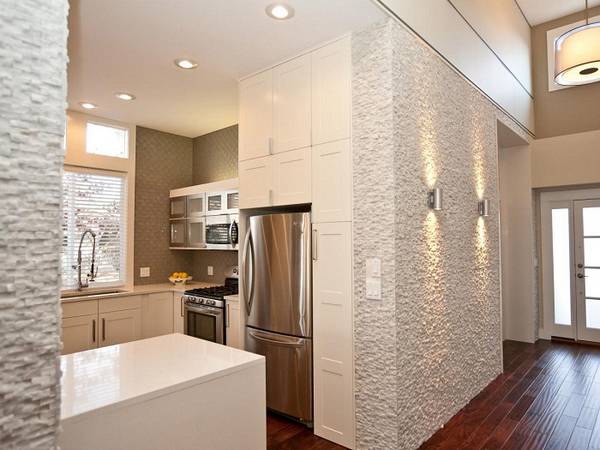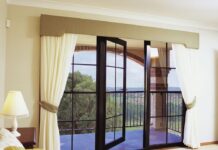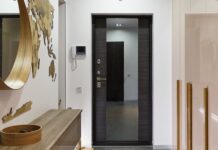At the final stage of building a house or repairing an apartment, the question always arises of how to decorate the walls beautifully and inexpensively. Decorating the walls with decorative plaster is one of the most popular options for decorating the walls, both inside and outside the house. The process of applying decorative plaster is creative and requires special skills, but, if desired, it can be done independently. In this article, we will talk about the main features of decorative plaster, as well as its pros and cons.
Decorative plaster for interior wall decoration – pros and cons
Decorative plaster for interior wall decoration has the following advantages:
- Ease of applying plaster to walls;
- The resulting plaster pattern will be unique to each wall;
- Environmental friendliness of plaster coating;
- Absence of joints and seams on the walls after finishing;
- Durability and resistance to dust and dirt;
- The ability to wash the contaminated plastered surface;
- The walls, finished with decorative plaster, have increased sound insulation;
- The possibility of painting the plastered wall gives the opportunity for a flight of imagination in design
However, in addition to the advantages, wall decoration with decorative plaster also has disadvantages:
- The difficulty of removing plaster from the walls;
- High-quality imported plaster is quite expensive;
- Before applying decorative plaster to the walls, they must be further cleaned and treated
Wall decoration with decorative plaster: types of plaster
There are two main types of decorative plaster: façade and interior. The most resistant to external influences is façade plaster, so it is used to decorate the exterior walls of the house.
There are such types of decorative plaster for walls in composition:
Interior plaster is divided into four main types:
- Silicate plaster
It is made on the basis of “liquid glass”, and is most often used to decorate the exterior walls of the building. This type of plaster has high ductility and is very durable. It is delivered to stores in a ready-to-use form.
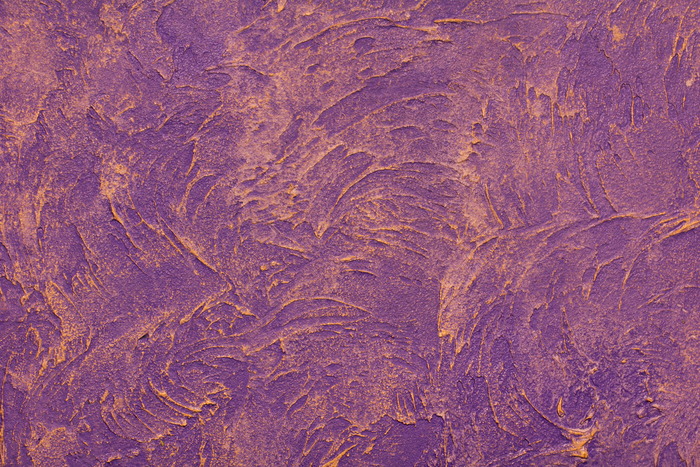
- Mineral plaster
It is the cheapest plaster. It is based on ordinary cement and has a white color, so it requires dyeing. Such plaster is sold in dry form bags.
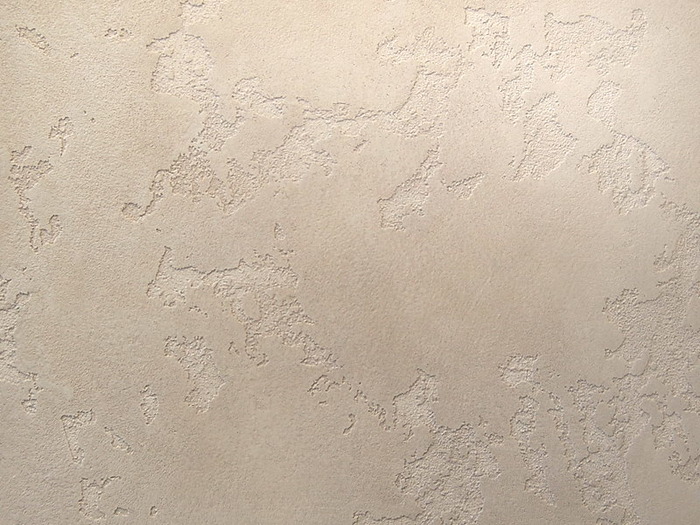
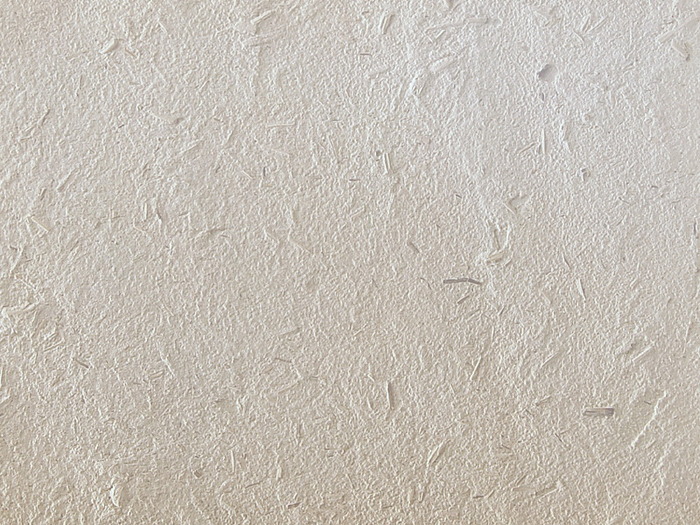
- Silicone plaster
Silicone plaster is composed of silicone resins, which make it very plastic and moisture resistant. The plaster is sold immediately ready for use.
- Acrylic plaster
Acrylic plaster is made on the basis of acrylic resin, which makes such plaster resistant to deformation of the base. This plaster is sold ready for application.
Classification of decorative plaster according to the effect obtained:
- Structural plaster
This type of plaster has a granular structure with the addition of small granules and may have inclusions of natural stone of a small fraction or wood.
- Textured plaster
This type of plaster allows you to give the surface of the walls a special relief and texture. It may also have inclusions of granules, and differs from structural plaster in a slightly different composition.
- Venetian plaster
Venetian plaster is made of marble powder, which gives the walls the effect of finishing with natural stone. The main advantage of this type of plaster is its complete water resistance.
Necessary preparation of walls for decorative plaster
Before the walls are finished with decorative plaster, it is necessary to clean and prepare the walls. The old coating (wallpaper, paint or plaster) is removed from the walls, and the cracks are covered with putty. Then, before applying the plaster, the walls must be additionally primed. The wall is ready, you can start plastering.

